How The Sony Playstation Changed Games Forever

This is basically a sneak-peak at my planned/upcoming documentary.
You could call it a
Treatment:
A treatment is a document for a film/movie that precedes both the script(document that details all of the narrative and visual elements) and a screen-play (a play written for the screen that fleshes out the dialogue and minutia outline in the script).
So basically I'm thinking out loud and planning in the form of this blog.
Main Points To Cover:
My personal experience with video-games:
- Nintendo Entertainment System
- Sega Genesis
- Sony Playstation
- Seeing it for the very first time
Playstation
- History/Origin
- Hardware
- How the hardware shaped the games
Games & Me:
Nintendo
I like to say that I was practically born playing video games.
While my mother was pregnant my father bought her the original Nintendo Entertain System sometime in 1988. So my mother was playing Super Mario Bros and Duck Hunt while I was in the womb, and I was born in 1989.
I can remember playing both of them as a very little kid. Maybe as young as 3 years old, and not even being able to get past the 2nd level of Super Mario Bros.
We had the Light-Gun for Duck Hunt, and I distinctly remember loving the dog that would go to retrieve the ducks. Which was a remarkable piece of tech even back then.
Sega
At some point prior to the age of 8 my parents & grandparents got me the Sega Genesis model 2 and Sega Game Gear.
The only game I remember playing on either of these was Sonic The Hedgehog.
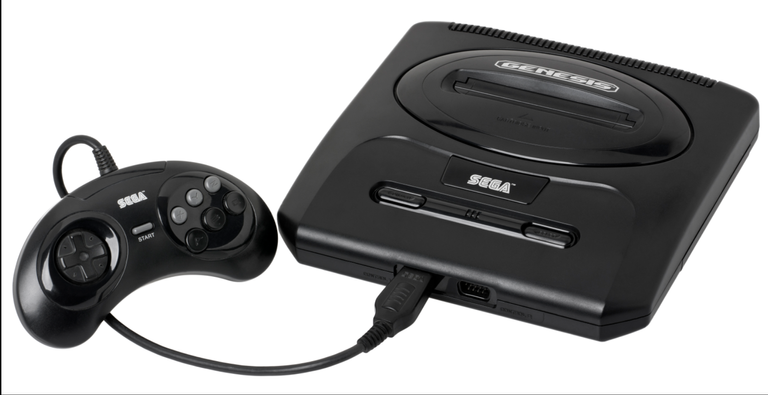

I had Sonic The Hedgehog 2 for The Genesis:
I most distinctly remember the Casino level:
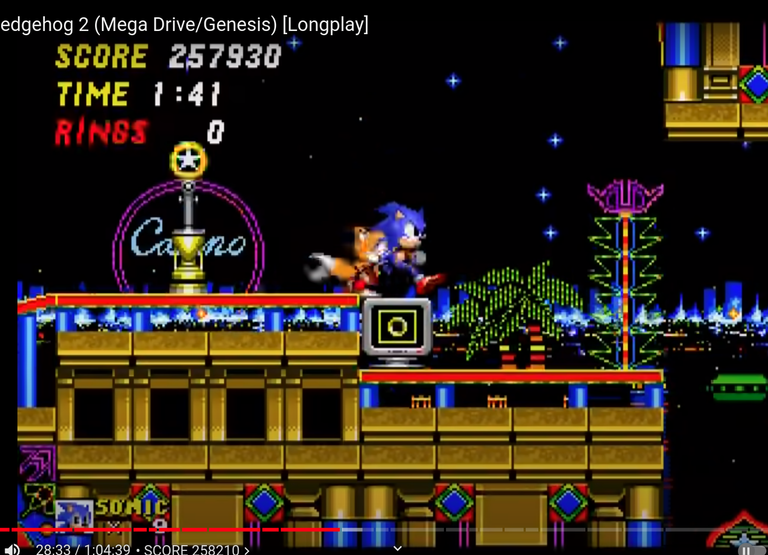
The Nintendo NES was an 8-bit console, and the Sega Genesis was 16-bit.
So the processing power, memory, and display pipeline was double.
This meant a lot more colors, and a lot more complex images.
The sound synthesis on them was very different from sound from computer devices today. There's a whole genre of music called Chip Tunes based around these older limited synthesizers & their signature retro sound.
As a kid I knew the Genesis was better than the NES, but to me they were all just video games.
I played them a fair amount, but I spent time doing lots of other things. I wasn't obsessed with them by any means.
I was probably more interested in movies. Especially horror movies.
Horror movies were another interest I can attribute directly to my mother.
When I was a kid I saw horror films that definitely weren't appropriate for a child.
I remember at my friend Megan Smith's house I watched her older brother play the Friday The 13th video game for Super Nintendo at some point which caught my attention because it was a horror-movie game.
It was cool, but it was just another video game.
It didn't impress me all that much, as I was perfectly happy playing Sonic.
I wasn't even aware of the Sony PlayStation that had been released in 1995 when I was 6 years old.
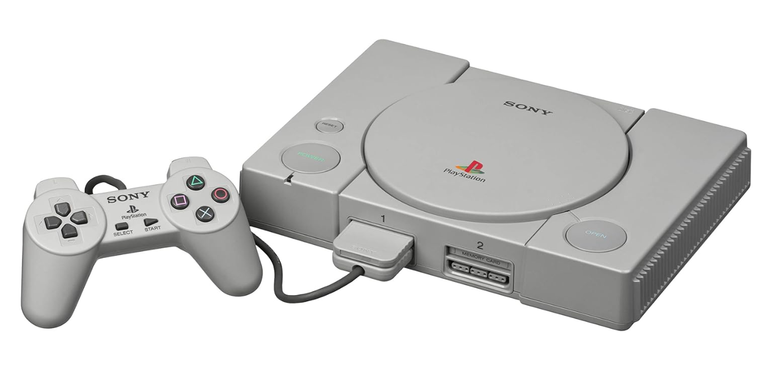
1997: The First Time I Saw a PlayStation
So a little explanation because it'll make things simpler.
I have a half-brother who is 2 years older than me.
My mother had given him to her sister to be raised because my mother was very young, and my aunt was unable to have children.
I would see him pretty often though, but we were more like cousins than brothers.
My aunt had a hair salon, and she would cut my hair and style/cut my mothers hair, and my brother would be there at the beauty shop.
There was a TV in the back, and on this particular night my brother was back there playing the grey video-game system.
I don't know for sure what year it was, but at the very least it was 1997 because that's the year Resident Evil 2 was released.
Resident Evil 2 And It's Profound Impact On Me As A Child
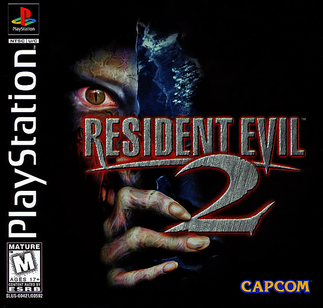
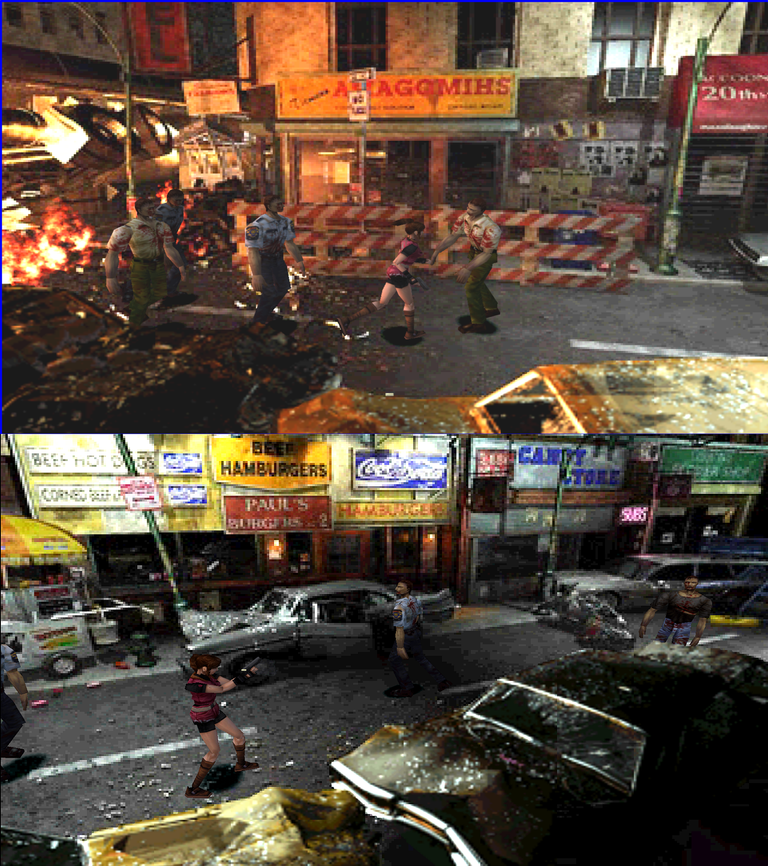
When I started watching him play it I was already blown away.
I couldn't even imagine video-games that looked like this.
Then he said "Oh wait until I show you the the beginning."
He then reset the console after saving, or at least I assume he saved his game because I had never even heard of saving.
If you're just a little younger than me you might not realize this, but you had to beat games in a single play-through. There was no such thing as saving your game.
And to save on the Playstation you had to own something called a Memory Card:
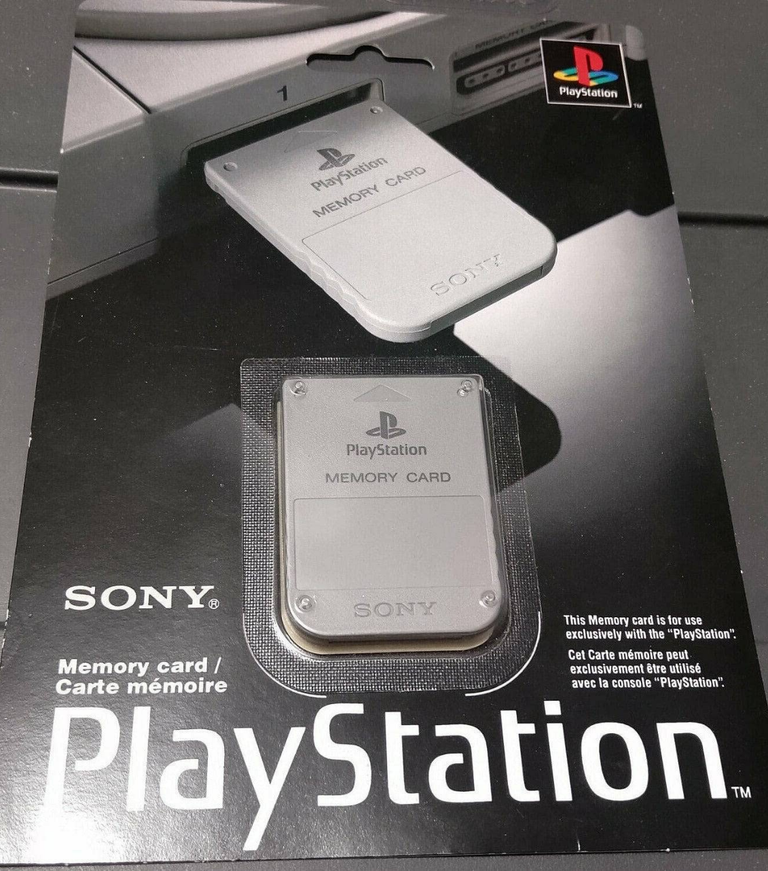
He started a new game, and as promised there was what he called a movie scene.
You see Leon drive into town in an accurate Jeep where he is attacked by zombies, and meets Claire. They take off together in what's clearly a Ford Taurus police cruiser.
A zombie attacks them from the back seat causing them to crash before a a tractor trailer tanker truck crashes causing a huge explosion separating them before you begin your journey into the horror of Raccoon City.
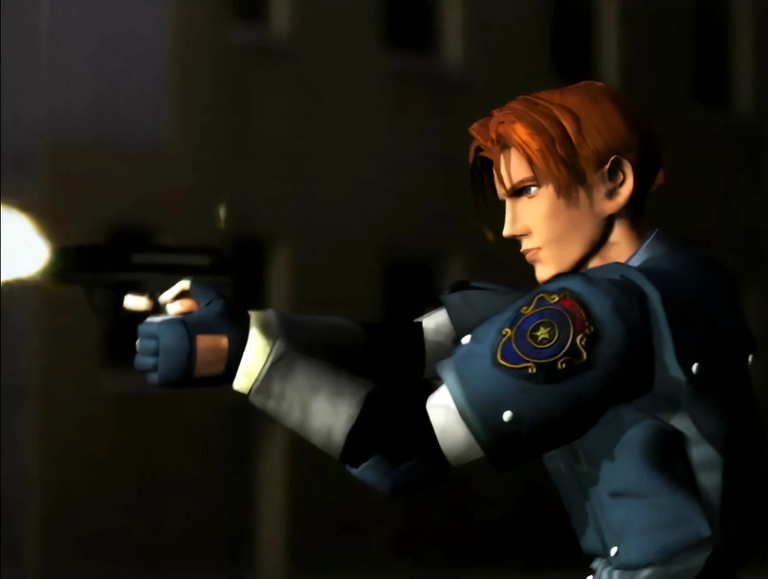
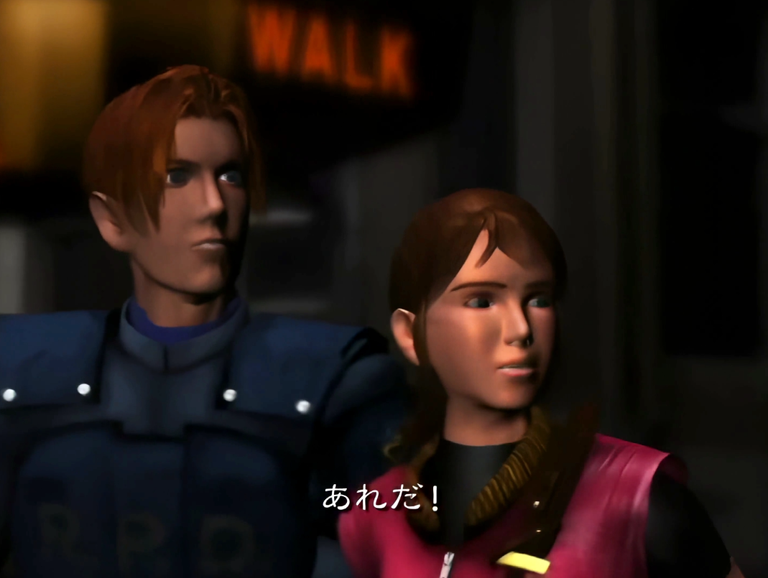
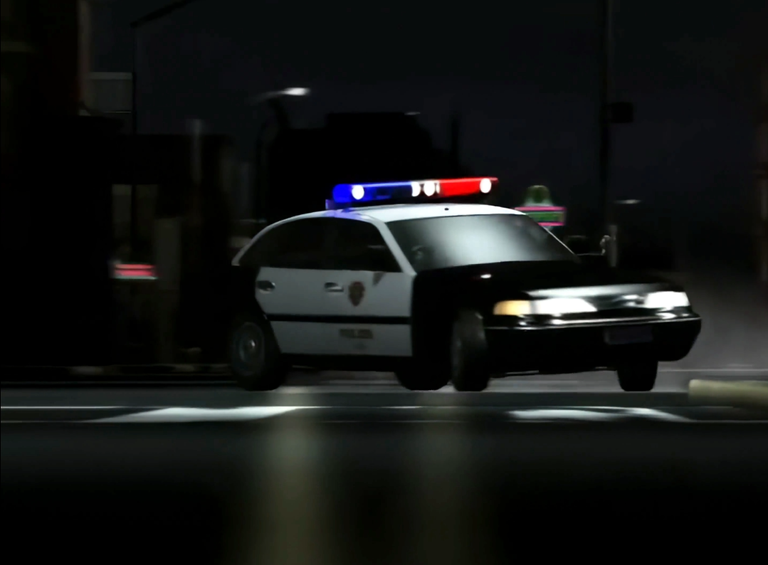
These videos looked better than ANY CGI movies from Pixar or Disney at the time, and Resident Evil 2 had nearly 40 minutes of them in total.
The camera angles & the lighting all felt like a genuine big-budget Hollywood horror film.
If you're a younger person who only knows the Resident Evil 2 remake this game probably looks primitive and dated.
But Resident Evil 2 was like nothing before it in video games.
To me it felt like a horror movie you could play, and I knew I needed one thing.
A Sony Playstation.
5th Generation War:
Playstation belongs to the 5th generation of video-game consoles.
5th-gen consoles were either 32 or 64 bit computers, and there was a high emphasis on producing 3D polygon-based games rather than the 2D and isometric styles that were dominant.
Other consoles from this generation included the Atari Jaguar, Sega Saturn, and Nintentdo-64. Sony & Nintendo had been working together on a 5th-gen console called the Play Station with Sony bringing their their expertise in compact discs to the partnership.
Nintendo was in a fierce rivalry with Sega, and to a lesser-extent Atari.
Nintendo's leadership saw Sony growing quickly, and feared Sony having too much control over Nintendo if they were producing the discs all of Nintendo's games were on. So Nintendo stuck with cartridges and cancelled the deal, Sony continued to develop the Play Station on their own.
In 1993 Atari released the cartridge powered Jaguar, but it suffered low sales against even the 4th-gen Sega Genesis and Super Nintendo. Mainly due to a weak library of game titles, and criticism over Atari marketing it as a 64-bit system when it's CPU was 32-bit.
Mid 1994 saw the release of the CD-powered Sega Saturn, but it's high price hindered consumers from purchasing it particularly in Europe & North America with Sony's console due by Christmas for $100 less.
The Playstation was extremely successful partially due to massive TV advertising of it's exclusive 3D platform game Crash Bandicoot; Which was designed as Sony's answer to Super Mario & Sonic The Hedgehog.
The Nintendo-64 wouldn't arrive until 1996, but held the bragging rights of being a true 64-bit console. It's sales were hindered by the higher cost of cartridges, and it never came near Sony in sales revenue.
N64 vs. Playstation: ROM-Cartridges vs. Compact-Discs
I can remember being a kid at the time and arguing over which was better: Playstation or N64. They had very different game libraries, and Nintendo's exclusives were major titles.
Startfox 64, Super Mario 64, 007:Golden Eye, and of course The Legend Of Zelda.
Nintendo had more raw graphical power for sure, and ROM cartridges meant much-faster load times.
However, Playstation's discs could hold much larger games, and were the reason Playstation could use full-motion video and 16-bit 44.1 KHz CD-quality music playback.
Developers approached making games in new ways. Crash Bandicoot's design was mostly 3D polygons just like Nintendo-64 games, but it was divided into levels with loading screens in between. The CD's had more storage, but slower read/write times being loaded into 32-bit addressed memory instead of 64-bit.
Games like Resident Evil creatively leveraged the hardware by using pre-rendered environments with 3D characters & objects.
This meant that the level-designs are simply still images or pictures. This meant your camera needed be fixed to a perspective. Character models could get bigger/smaller as they moved toward/away from the camera. Additionally, the still images could be stacked to maintain perspective when characters walked behind a table or railing.
The camera could move up or down, but never zoom or rotate.
Despite this limitation, you'd rarely realize the environments were still-images.
Games like Resident Evil would change scenes in real time. When the player-character reached a certain point or turned a corner the perspective and backgrounds would instantly change preventing the pre-rendered backgrounds from feeling limited, and larger loads were disguised by door-opening animations which added to the suspense.
Titles such as Silent Hill took a totally different approach.
Using real-time environments and more dynamic camera angles by obscuring the line-of-draw with snow and fog outside, or shrouding the interiors in darkness lit only by your flashlight. Once again, adding to the fear and suspense because you can't see everything, and also making use of the Playstations audio capabilities with dynamic sound design where sounds approach from the distance in the darkness.
Silent Hill (1999):
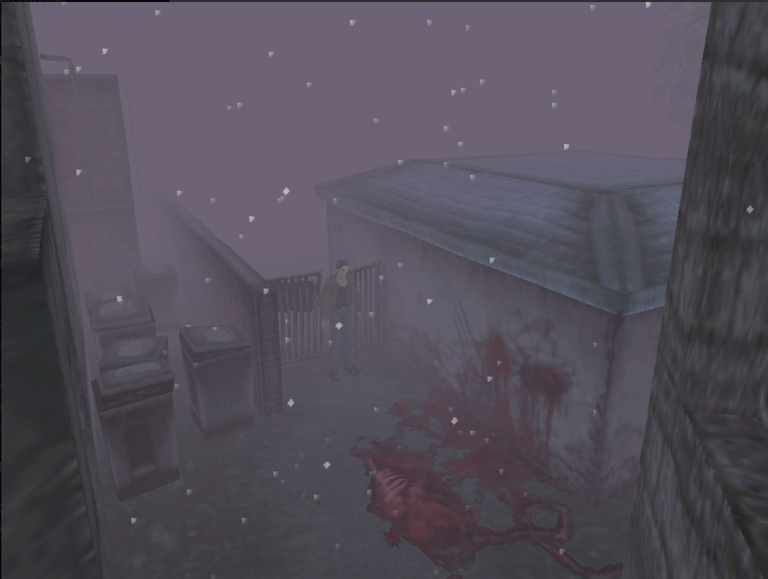
Final Fantasy VII (1997):
I can't believe how many words I've written about the PS1 without mentioning Final Fantasy at all. Talk about a large and epic game.
Turn-based role-playing games were around long-long before Playstation, and they could be easily adapted for any hardware.
But like Capcom, Squaresoft chose to go as big as they could. FF7 was originally supposed to be a Nintendo title, but Squaresoft knew they couldn't make the game they wanted using cartridges, and they couldn't fit it on a disc either. So they used 3 discs.
FF7 has tons of FMV cinematics, and it was the first "cinematic RPG".
The budget for Final Fantasy VII was $45 million US dollars in 1997 making it the most expensive game ever made up to that point.
FF7 also made use of pre-rendered environments, and somehow managed to hide loading times without door-opening animations.
It made use of separate art styles: Lower-detail character models when navigating locations and the world-map, and the higher-detailed models for the battles. When a battle happens the music changes, and screen explodes and drops into the limited arena setting.
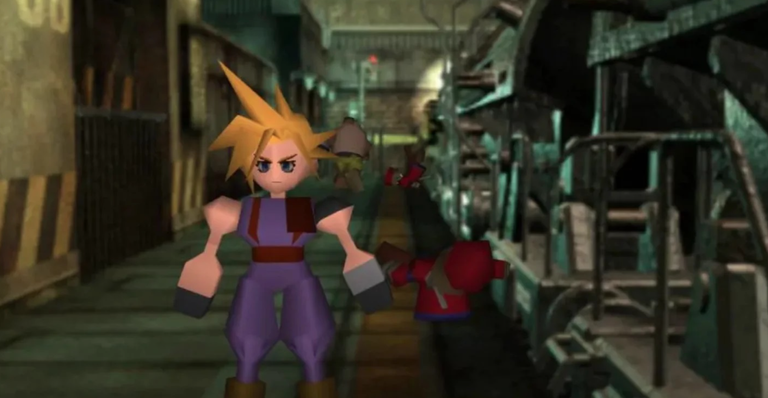
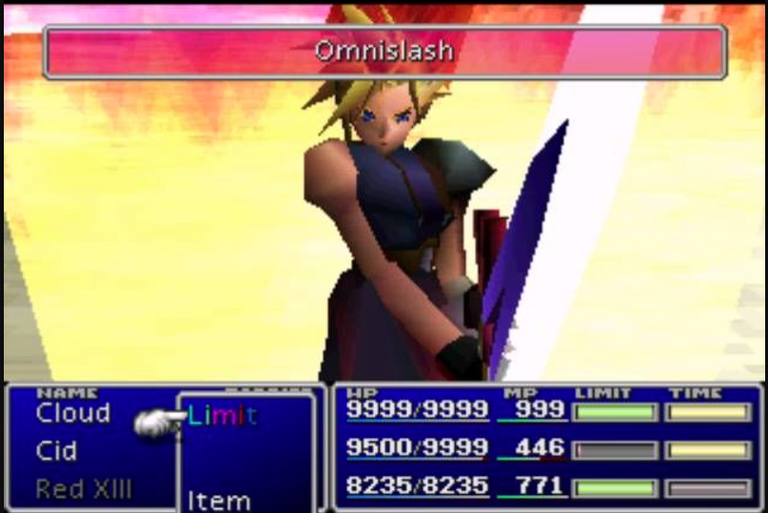
It would also switch between these styles for the cinematics. Some would be the more realistic detailed characters, and others would instead use high-quality versions of the pint-sized models.
I think it all depended on the type of event it was. if it was serious/dramatic or important cinematic it would be the detailed versions, and some sillier sections would use the little versions. This same thing is done in some anime shows where the art style changes when a characters is screaming or embarrassed. It must be a Japanese thing.
However, this was never done in any of the subsequent games.
Parasite Eve (1998):
Another Squaresoft title a year later, and it's equally as epic.
This is one of the most underrated games of all time in my opinion.
It felt a bit like Squarsoft wanted to cash in on the success of Resident Evil, but they couldn't abandon their turn-based RPG roots.
Also like Resident Evil you have a very America-focused game.
The cinematics in this game are incredible. From the opening scene in the opera with the audience bursting into flames you know this is going to be a wild ride.
It culminates in an eerie New York City that's been completely evacuated with battleships and aircraft carriers of the US Navy out in the harbor exploding from cell-based microscopic energy.
It's a thrill ride of a game that feels like it could be a Michael Bay of James Cameron production.
In Conclusion:
Sony's Playstation was the perfect balance of technologies.
It's storage media provided enough room for developers to dream big, but it's throughput/bandwidth were just limiting enough for them to have be tempered and measured in their execution of those big ideas.
It gave them the video & audio playback to approach games in a cinematic way, and the games they'd create would be the template moving forward.
Congratulations @ds-tech! You have completed the following achievement on the Hive blockchain And have been rewarded with New badge(s)
Your next target is to reach 700 upvotes.
You can view your badges on your board and compare yourself to others in the Ranking
If you no longer want to receive notifications, reply to this comment with the word
STOP